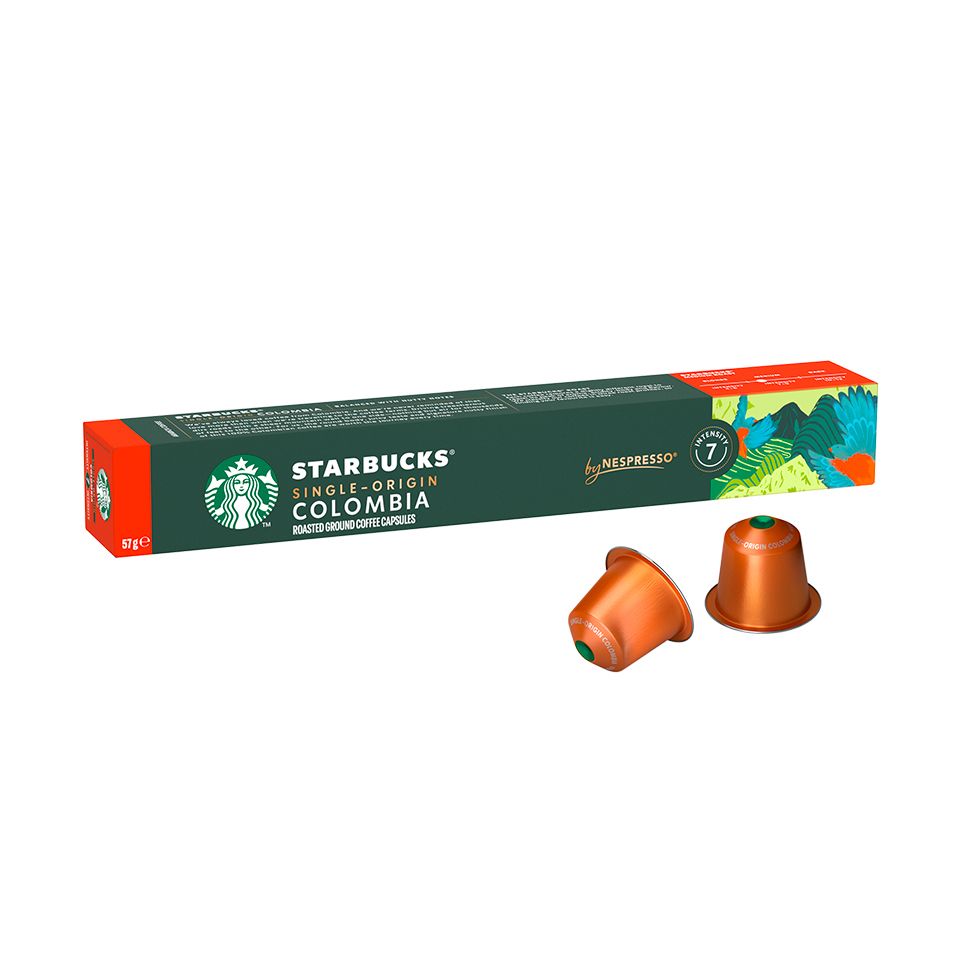SOE Single Origin Espresso – The Go-To Choice for Espresso Lovers
SOE Single Origin Espresso – The Go-To Choice for Espresso Lovers
Blog Article
Recognizing Coffee Beans: the Trip From Espresso to Blended Coffee Beans

The Origins of Coffee: An International Point Of View
While you may assume of coffee as a modern-day staple, its origins trace back centuries, intertwining with societies throughout the globe. The story starts in Ethiopia, where legend says a goat herdsman called Kaldi found the invigorating results of coffee beans after observing his goats romping energetically after consuming them.
As trade routes broadened, coffee made its means to Europe in the 17th century, swiftly acquiring appeal. It transformed from a mystical drink right into a day-to-day ritual, intellectual exchanges and inspiring gatherings. Each culture included its special twist to coffee preparation, improving its background. This worldwide trip highlights just how coffee connects us, going beyond borders and joining diverse traditions through an easy bean.
Growing and Harvesting of Coffee Beans
As coffee's trip advanced, the focus changed to the farming and harvesting of certain bean varieties, especially those utilized for coffee. You'll find that espresso beans often come from Arabica or Robusta plants, each offering unique flavors. The ideal expanding conditions include high altitudes and rich, well-drained soil, which enhance the beans' high quality.
During the harvest, picking techniques vary. In some areas, employees hand-pick ripe cherries, ensuring just the best fruit goes to processing. In other areas, mechanical harvesters are utilized, especially on larger ranches. Timing is important; you intend to harvest when the cherries reach peak ripeness for maximum taste.
When collected, the beans are gotten ready for processing, which is vital in determining their last taste. Recognizing the farming and collecting processes offers you insight right into what enters into your favored espresso, enhancing your appreciation for every cup.
Handling Methods: From Cherry to Bean
Since you have actually discovered gathering coffee beans, let's check out exactly how those cherries transform into the coffee beans you enjoy. You'll see exactly how different harvesting techniques influence taste, complied with by the vital actions of fermentation and drying. Finally, we'll damage down the milling and grading procedure that determines your coffee's quality.
Harvesting Methods Described
When it comes to coffee, recognizing harvesting methods is important, since they straight influence the taste and top quality of the beans you take pleasure in. Selective picking includes hand-picking only ripe cherries, guaranteeing you obtain the finest top quality beans. Ultimately, the choice of collecting method can considerably affect your coffee experience, so it's worth understanding exactly how those beans made it to your cup.
Fermentation and Drying
After gathering, the following action in processing coffee beans play a significant role fit their taste. You'll locate that fermentation is essential, as it assists damage down the mucilage surrounding the beans, improving their preference account. Depending on the technique, this procedure can last from a few hours to a number of days, with varying results based upon temperature level and humidity.
Sun-drying allows the beans to absorb tastes from the setting, while mechanical drying guarantees consistent dampness degrees no matter of climate. Proper drying is essential to avoid mold and protect the beans' quality, ultimately affecting your mug of coffee.
Milling and Grading Refine
As fermentation and drying out established the phase for taste development, the milling and grading process assurances that only the finest coffee beans make it to your mug. This stage involves eliminating the external layers of the coffee cherry, consisting of the parchment and husk. High-quality beans obtain a greater grade, resulting in a richer coffee experience.
Toasting Strategies: Unlocking Taste Prospective
When you roast coffee beans, the approach you pick can drastically influence the flavor account. Recognizing the partnership between time, temperature level, and toasting methods is vital to disclosing the potential of your mixture. Allow's explore exactly how these aspects integrated to produce the ideal cup.
Roasting Techniques Described
While you might believe that all coffee roasting approaches produce the very same outcomes, the fact is that each strategy reveals distinct taste potentials in the beans. You can choose between methods like drum toasting, air roasting, or perhaps conventional pan roasting. Drum toasting utilizes a turning drum to evenly disperse warmth, improving caramelization and creating a well balanced taste. Air roasting, on the various other hand, flows warm air around the beans, promoting a lighter roast with pronounced level of acidity. Frying pan toasting enables for hands-on control however requires continuous interest to stay clear of burning. Each technique has its nuances, so try out different techniques can help you discover the excellent roast that straightens with your taste preferences. Enjoy the journey of discovering your optimal mug!

Impact on Taste Account
Various toasting methods not just affect the procedure however additionally substantially impact the flavor account of the coffee beans. Dark roasts, on the other hand, bring out bold, great smoky flavors, in some cases concealing the bean's special features. Recognizing these nuances aids you appreciate the creativity behind your cup of coffee, enhancing your overall experience with every sip.
Time and Temperature Level Elements
To release the complete flavor possibility of coffee beans, both time and temperature throughout the roasting process play significant duties. When roasting, you'll find that greater temperature levels can promptly create flavors, however if you hurry it, you might wind up with burned notes. Conversely, reduced temperatures enable for a more progressive flavor advancement, showcasing the beans' special read here attributes.

Timing is equally as essential; expanding the roast also long can result in a loss of acidity and illumination, while too short a roast might leave the beans underdeveloped. Locating that sweet place requires method and experimentation. By changing these factors, you can reveal the rich, complicated flavors hidden within each bean, creating an absolutely exceptional coffee experience.
The Art of Mixing: Crafting Unique Coffee Accounts

Begin by choosing a base coffee that supplies a strong structure. Pick complementary beans to enhance details flavor notes. For instance, a bright Ethiopian bean can bring fruitiness, while a rich Brazilian coffee adds body. Testing is essential-- don't hesitate to adjust proportions up until you discover your excellent account.
As you mix, bear in mind that each mix narrates. You're not simply making coffee; you're creating an experience. So, take your time, taste regularly, and take pleasure in the journey of finding your trademark blend.
Developing Approaches: Exactly How Prep Work Affects Taste
Blending coffee opens up a domain of taste possibilities, but just how you brew that mix can substantially affect your last mug. On the other hand, a pour-over highlights the coffee's clearness and brightness, perfect for showcasing delicate notes.
Coffee, with its high pressure, generates a focused shot that highlights sweet taste and crema. If you favor a lighter brew, think about a cool mixture technique; it produces a smooth, less acidic preference.
Adjusting variables like water temperature, grind size, and make time can transform your coffee's profile. Embrace the art of brewing to discover the tastes hidden in your coffee blends.
The Future of Coffee: Sustainability and Advancement
As the coffee industry advances, sustainability and advancement are becoming necessary for addressing ecological challenges and meeting customer needs. You'll discover that more coffee companies are taking on environment-friendly methods, from sourcing beans ethically to implementing sustainable that site farming techniques. These shifts not only help the planet yet likewise enhance the high quality of the coffee you take pleasure in.
You may see technologies like eco-friendly packaging and water-saving brewing approaches that lower waste. Advanced technology, such as blockchain, is also ending up being prominent, making certain openness in the supply chain, which permits you to map your coffee back to its origins.
Additionally, purchasing regional neighborhoods and supporting farmers with reasonable profession initiatives promotes a much more lasting coffee environment. As you sip your following mug, keep in mind that your choices can contribute to a brighter future for coffee. By choosing lasting brands, you're not just delighting in a beverage; you're making a favorable effect on the world.
Often Asked Concerns
What Is the Distinction In Between Arabica and Robusta Beans?
Arabica beans are smoother, sweeter, and have a higher level of acidity, while robusta beans are stronger, more bitter, and have more caffeine. You'll observe these differences in flavor and scent when making your coffee.
Just How Does Elevation Affect Coffee Bean Taste?
Altitude influences coffee bean taste significantly. Higher altitudes create beans with brighter acidity and facility tastes, while lower altitudes frequently generate beans that are much heavier and less nuanced. You'll discover these differences in your cup!
What Are the Health And Wellness Conveniences of Drinking Coffee?
Consuming coffee can boost your power, enhance mental focus, and also boost physical efficiency. It's rich in look here anti-oxidants, may lower the danger of certain diseases, and can advertise a healthier metabolic rate when eaten in small amounts.
Can Coffee Beans Be Recycled for Brewing?
Yes, you can reuse coffee beans for brewing, yet the taste may be weak. If you delight in exploring, try reusing them in different ways, like cool brews or including in smoothie mixes for an extra kick.
Just how Should I Shop Coffee Beans for Freshness?
To maintain your coffee beans fresh, store them in an impermeable container in a great, dark area. Avoid subjecting them to warmth, light, or moisture, as these factors can rapidly degrade their flavor and fragrance.
Comprehending Coffee Beans: the Trip From Coffee to Blended Coffee Beans.
Currently that you've found out about collecting espresso beans, let's discover how those cherries change right into the coffee beans you enjoy.When you roast coffee beans, the method you select can significantly influence the flavor account - Single Origin Espresso.While you might think that all coffee toasting methods yield the exact same results, the reality is that each technique reveals distinct flavor possibilities in the beans.Various toasting approaches not only influence the process but likewise considerably affect the flavor account of the coffee beans
Report this page